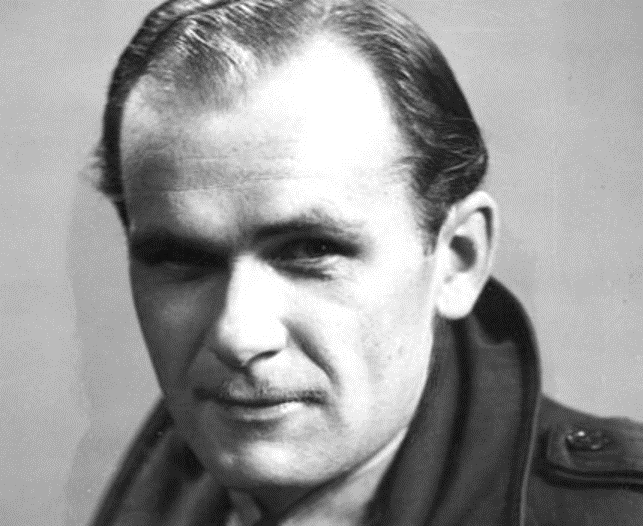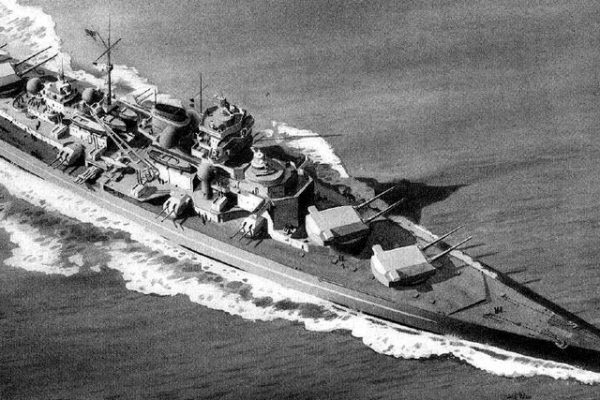Kent Stevenson was a BBC correspondent who died on active duty in WW2, he was 36 years old when he was killed on 22 June 1944.
He had been reporting on an air-raid over Germany. He was in an RAF bomber of 49 Squadron which took off from RAF Fiskerton, in Lincolnshire as part of an attack on an oil refinery near Cologne. The Lancaster he was in was one of a number which did not return.
Kent had joined the BBC in March, 1941 and transferred to the War Reporting Unit when it was established in 1943. Like his fellow correspondents, he underwent rigorous training in military survival techniques and how to work in battle conditions. The war correspondents were issued with revolutionary new lightweight recording devices known as ‘midget disc recorders’, which had been specially developed by BBC engineers. Because the correspondents recorded their despatches straight onto disc, they had to learn the art of ‘instant censorship’.
On the evening of 21st June 1944, a force of over 130 Lancasters from 5 Group was to attack the synthetic-oil plant at Wesseling, 15 miles south of Cologne. One by one, the various specialists gave their talks, with Wg Cdr Malcolm Crocker concluding a briefing by stating that he too would be operating, and would be taking along Kent. Also, flying this night wold be both of 49’s two Squadron Leaders. Sadly, in just one very short evening, 49 Squadron lost 42 men, including its Commanding Officer and a Squadron Leader. Twenty-seven-year-old Wing Commander Crocker, DFC and bar, along with his second tour crew had all perished over Germany and are buried in the Rheinberg War Cemetery; alongside them lies their intrepid passenger, Kent Stevenson. https://losses.internationalbcc.co.uk/loss/226883/
 Photo and biography courtesy of the BBC. Also, thanks to the 49 Squadron Association.
Photo and biography courtesy of the BBC. Also, thanks to the 49 Squadron Association.
For more information on those who served Bomber Command Click here https://internationalbcc.co.uk/history-archive/




